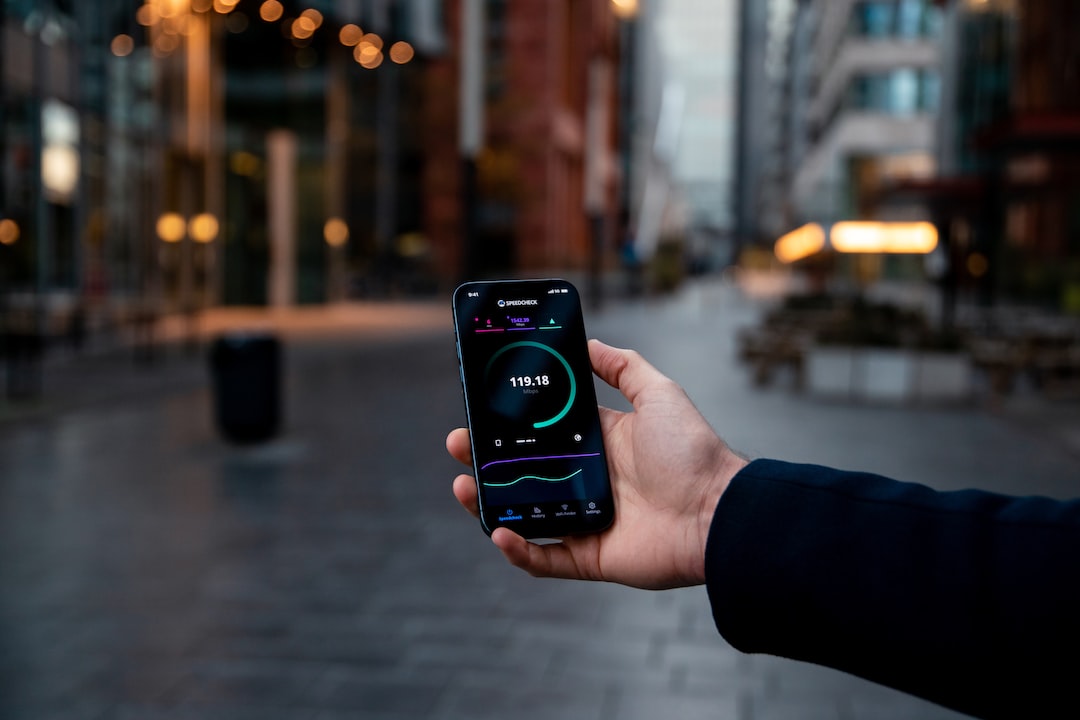The Internet of Things (IoT) has revolutionized the way we live, work, and interact with the world. It has transformed ordinary devices into smart, connected machines that have the ability to communicate with each other and perform tasks by collecting, analyzing, and sharing data.
Imagine waking up in the morning to the sound of your alarm clock. As you reach over to turn it off, your coffee machine senses your awakening and starts brewing a fresh cup of coffee. Meanwhile, your thermostat adjusts the temperature in your house to ensure it’s comfortable when you get out of bed. This is just a glimpse into the power of the Internet of Things.
The IoT is a network of interconnected devices that communicate with each other to exchange information and perform tasks. These devices can range from everyday household appliances like refrigerators and washing machines to industrial machinery and even wearable devices. They are equipped with sensors, software, and connectivity options that enable them to collect and transmit data over the internet.
The primary driver behind the IoT is the increasing availability and affordability of internet connectivity. With more devices being connected to the internet, the possibilities for interconnectivity and data sharing are virtually endless. This has led to the emergence of smart homes, smart cities, and smart industries, where devices work in harmony to make our lives more convenient, efficient, and sustainable.
One of the main advantages of the IoT is the ability to automate tasks and processes that were previously time-consuming or prone to human error. For example, smart home devices can detect when you’re away and automatically adjust the lighting, temperature, and security systems to save energy and ensure your house is safe. Similarly, in industrial settings, connected machines can monitor their performance, diagnose issues, and even order replacement parts when needed, reducing downtime and increasing productivity.
Another significant benefit of the IoT is the wealth of data it generates. Every device connected to the internet continuously collects data about its environment, usage patterns, and performance. This data can be analyzed and used to improve efficiency, predict maintenance needs, and inform decision-making processes. For instance, retailers can use data from connected point-of-sale systems and customer behavior tracking devices to optimize inventory management and offer personalized shopping experiences.
However, with the tremendous benefits also come significant challenges. The sheer volume and diversity of devices connected to the IoT pose security and privacy risks. The data collected by these devices, if not properly protected, can be vulnerable to hacking and misuse. Therefore, robust security measures, such as encryption protocols and regular software updates, must be in place to safeguard sensitive information.
Interoperability is another challenge facing the IoT. As the number of devices and manufacturers increases, compatibility issues may arise, making it difficult for devices to communicate with each other seamlessly. Standardization efforts are underway to address this issue, encouraging the development of open, interoperable protocols and frameworks.
The IoT also raises important ethical and societal questions. For instance, concerns have been raised about the use of personal data collected by connected devices. Governments, organizations, and individuals need to establish clear guidelines and regulations to protect individuals’ privacy rights and ensure responsible data usage.
In conclusion, the Internet of Things is transforming the way we live, work, and interact with our devices. By connecting everyday objects to the internet, we can achieve greater efficiency, convenience, and sustainability. However, it is imperative to address the challenges associated with security, interoperability, and ethics to fully realize the potential of the IoT. As the IoT continues to evolve, it will undoubtedly shape our future and redefine the way we interact with the world around us.
